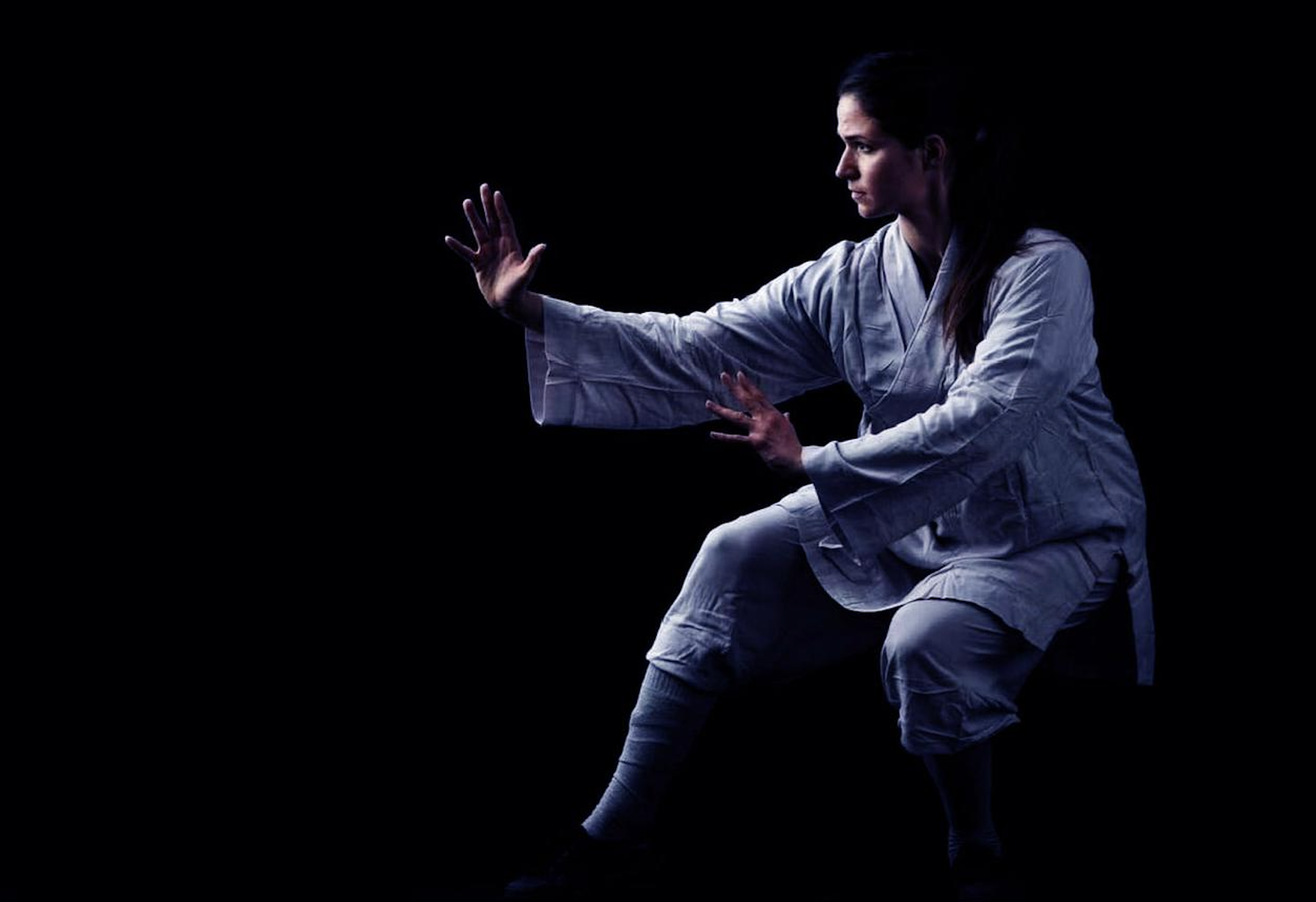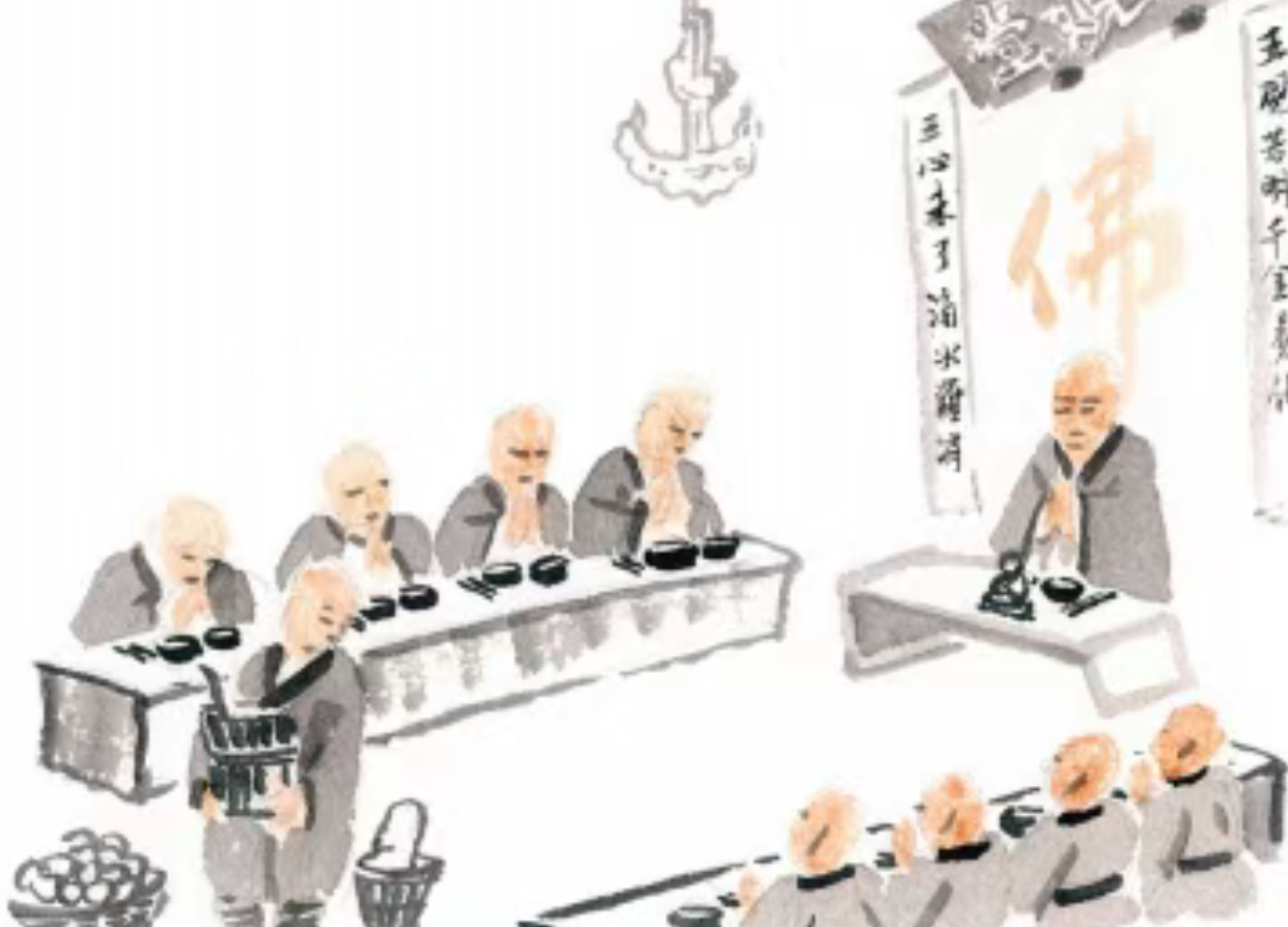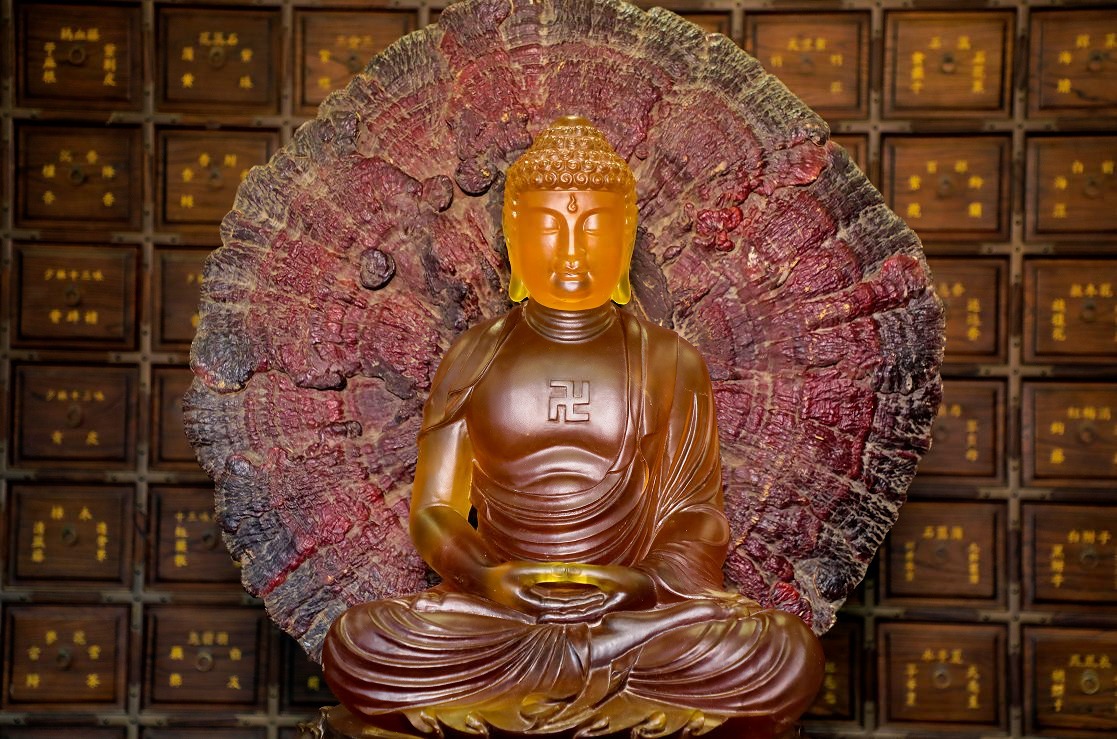The Heart of Monastic Life: The Dining Hall
The monastic dining hall, or zhaitang, has always been a central place for cultivation and discipline in Buddhist temples. At Shaolin Temple, the dining hall was originally called the Xiangji Kitchen and is located just east of the Mahavira Hall, the temple’s main worship space. Although destroyed during the chaos of 1928, it was meticulously rebuilt in 1995 on its original site, maintaining the traditional architectural style. The hall features the classic triple-bracket dougong eaves—an elegant structural design unique to Chinese architecture. The main bay is supported by clustered brackets while the side bays each have single brackets, highlighting the blend of strength and beauty.
This hall is more than a place to eat; it is where monks gather daily for meals that are deeply intertwined with spiritual practice.

Rituals and Instruments: The Sound of Mindfulness
Near the entrance corridor, two important percussion instruments hang: on the south side, the wooden mokugyo (“fish drum”), and on the north side, the yunban (“cloud board”). These instruments mark the rhythm of the meal and serve as auditory cues for mindfulness. When meal preparations finish, the head monk strikes the fire bell, signaling the start. Then the mokugyo beats call monks into the hall, where they enter in silence and order. After three rounds of drumming, the yunban is struck, and most monks are seated.
The duty monk oversees the assembly, and after three yunban beats, the offering sutra chant begins. When the meal is sponsored by lay benefactors, the duty monk reminds all monks to observe the “Five Contemplations” before eating, stressing the importance of gratitude, reflection, and restraint.
The Five Contemplations: A Path to Mindful Eating
The dining hall is also called the Hall of Five Contemplations, because monks engage in deep reflection before every meal. The Buddha taught these five contemplations as a guide to transform eating into a practice of cultivation:
- Gratitude for Effort: Recognize the immense effort and care that went into producing and preparing the food.
- Self-Reflection: Contemplate your own merit and worthiness to receive the meal.
- Guarding the Mind: Avoid greed, desire, and other faults that disrupt mindfulness.
- Food as Medicine: View the meal as nourishment to sustain the body on the path.
- Eating for Practice: Accept the food as support for spiritual cultivation, not for indulgence or pleasure.
By practicing these reflections, monks maintain a pure and balanced mind during mealtime.

Rules of Conduct: Silence and Respect
Mealtime in the hall follows strict rules:
- Silence: Talking is forbidden to preserve mindfulness and respect.
- No Waste: Monks must finish all food in their bowls; to request more, they push the bowl forward.
- Marking Leftover Food: If less food is desired, monks indicate this by placing chopsticks across the bowl’s rim.
- Prayers and Closure: After eating, the duty monk signals the end of the meal with the yunban, prompting everyone to stand and recite prayers.
This disciplined environment encourages spiritual focus and reverence for the gift of food.

Eating as Spiritual Practice: Lessons from Master Dahui
Cultivation is found in every moment, including eating. Master Dahui’s famous teaching captures this: “When you’re hungry, eat; when you’re sleepy, sleep.” The key difference is presence and mindfulness—truly engaging in the moment rather than letting the mind wander. Eating, like other daily activities, becomes part of practice when done with intention and awareness.
Wisdom from Tradition: Avoiding Greed and Waste
The monks are reminded constantly to avoid greed, arrogance, and waste. The couplet often seen at the dining hall entrance says: “With clear Five Contemplations, even gold-like food digests easily; without threefold sincerity, even water cannot pass.” This highlights how attitude shapes the benefit we gain from eating.
Historical masters have long emphasized moderation and respect in dining. The famous Master Baizhang Huaihai stated: “If one does not work, one does not eat,” linking physical labor with spiritual responsibility. Tang dynasty Crown Prince Su praised proper dining as the foundation of blessings.

Food as Medicine for the Path
For monks, food is medicine for the body, sustaining it to continue practice. Overcoming attachment to taste helps dissolve delusions and karmic habits. With time, this leads to health, clarity, wisdom, and deeper cultivation. Thus, every meal at Shaolin’s dining hall is a step on the path—not just nourishment for the body, but also nourishment for the spirit.



